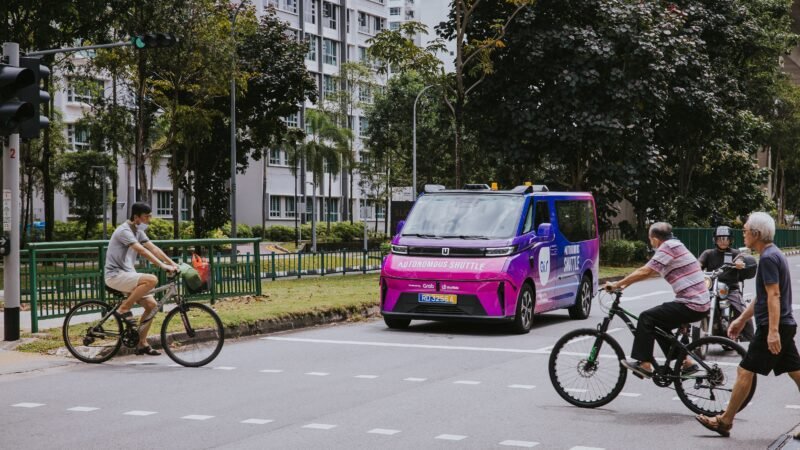Globe seeks LGU collaboration in building telco infrastructure
To usher PH to become digital nation
Globe Telecom is seeking collaboration with local government units in developing telco infrastructure in the country in line with its vision of ushering the Philippines to become a digital nation by 2020.
Specifically, Globe is seeking to rationalize the permitting process to mitigate bureaucratic red tape and other political hurdles that stand in the way of deploying telecommunication infrastructure such as cell sites and fiber optic cables. If implemented, this would enable the company to improve data connectivity at lower rates.
Globe Chief Commercial Officer Albert de Larrazabal made this appeal at the 4th Regional Competitive Committee Summit. “In the world of increasingly global competition, data connectivity is a key driver of economic growth of developing countries like the Philippines. It is imperative then that we take advantage of the benefits of internet as a platform for commerce and in enabling local industries and societies to access services and improve productivity. As internet connectivity is vital in enhancing our communities’ competitiveness in both the local and global arena, we would like to call on our local government executives to partner with us in ushering the Philippines to become a digital nation,” De Larrazabal said.
Early this year, Globe launched a plan to create an internet superhighway nationwide. The plan aims to deploy fiber optics in 20,000 barangay by 2020 to provide ultra-fast internet access to around 2 million homes nationwide. Globe plans to deploy fiber optics in 1,000 sites before the end the year. So far, deployment of fiber optics has been completed in about 300 sites.
One of the most important advances in broadband technology, fiber optics offer the fastest way to access data, providing consumers with higher download and uploads speeds, lower latency and faster internet browsing, he explained.
Larrazabal pointed out that existing telecommunication infrastructure in a given locality, or the lack of it, is oftentimes a direct result of the LGU permitting environment. He said that securing different permits at LGU level could be very challenging, from the sheer number of permits to the different political personalities that mobile operators have to deal with. He added it takes at least 8 months to complete the permitting process, involving around 25 permits.
He said Globe annual investments for its network have steadily increased over the years, reaching around $600 million in 2015, with the company allotting around 30% of its revenue for capital expenditure in the last two years. Such investments, however, were undertaken mostly to develop mobile internet while infrastructure for fixed internet continues to lag behind Asian neighbors, due in part to bureaucratic red tape at the local level as well as geographic challenges. For the Philippines to effectively catch up, more cell sites and fiber optics are needed for deployment, said Larrazabal, noting that the country has fewer cell sites compared to its neighbors even as smartphone penetration, which requires more bandwidth, is steadily increasing.
According to Larrazabal, the city government of Manila was the first to respond to the company’s call for support, allowing the telecommunications operator to roll out fiber broadband technology in Binondo, providing world-class internet experience with speeds of up to 1 GBps to the world’s oldest Chinatown. The fiberization of the entire Binondo district, an age-old center of commercial activities in the capital, would benefit business and residential establishments in the area and is expected to drive business growth in the district. The project will be completed in the third quarter of the year.
- Kaspersky Lab helps uncover vulnerabilities on gas stations by hackers - February 12, 2018
- 26-percent of Ransomware Attacks now target business - November 30, 2017
- The Battle is on to Fight Human Immunodeficiency Virus (HIV) - November 27, 2017




